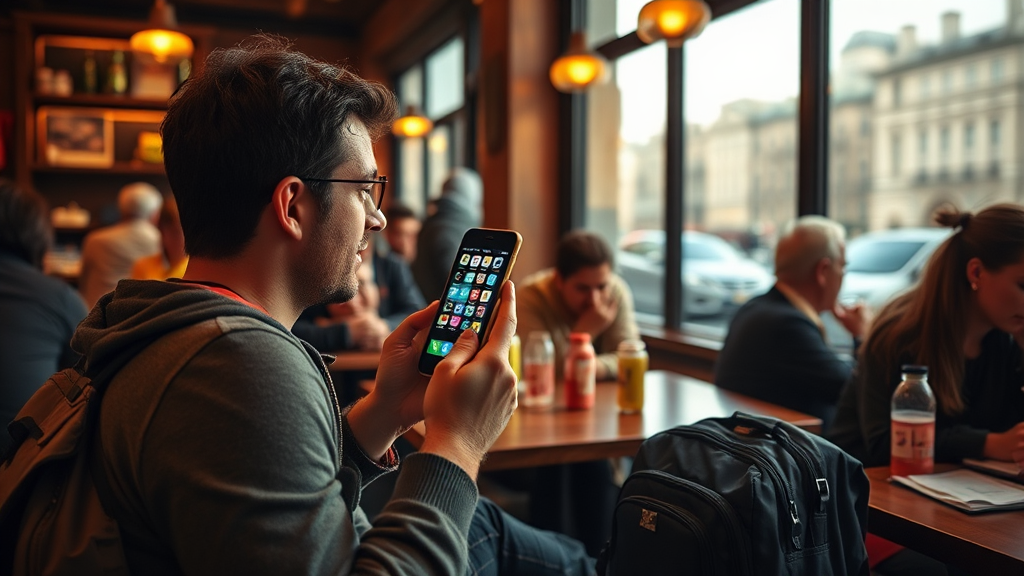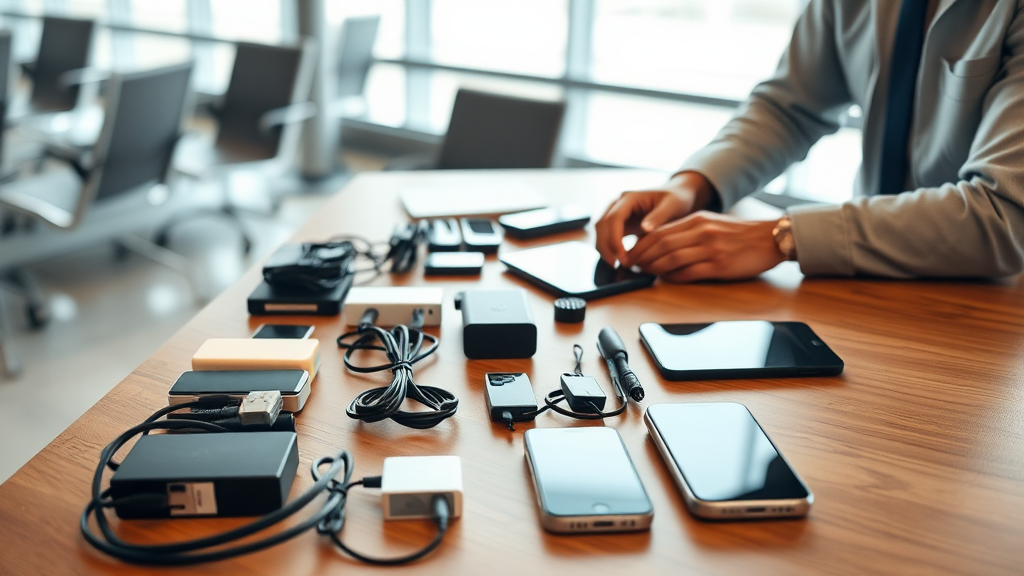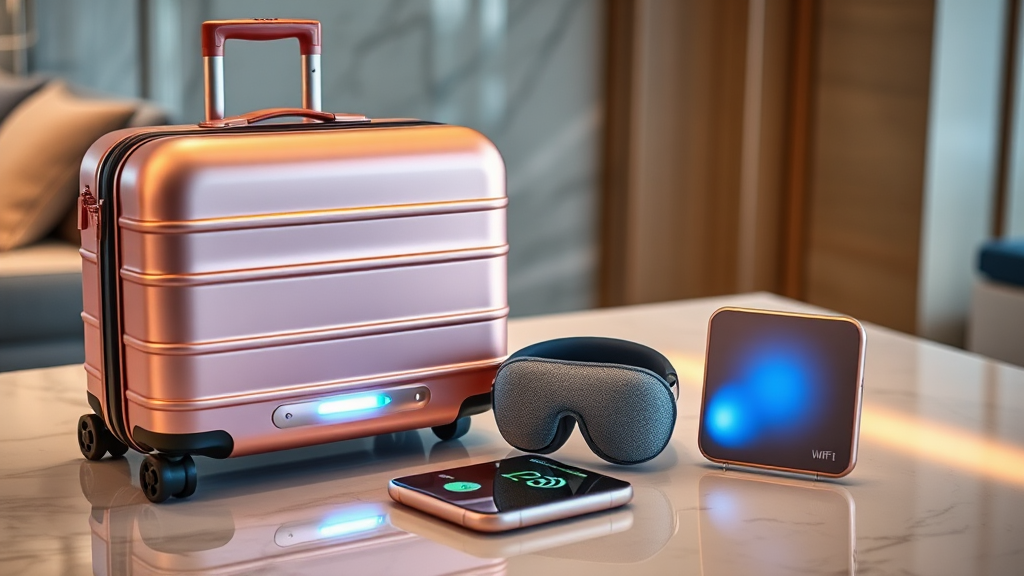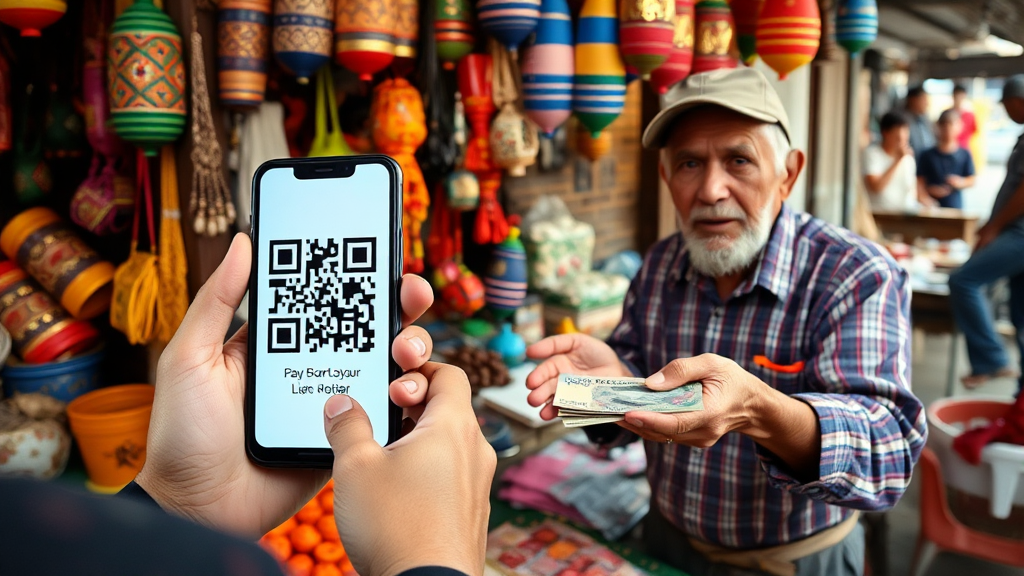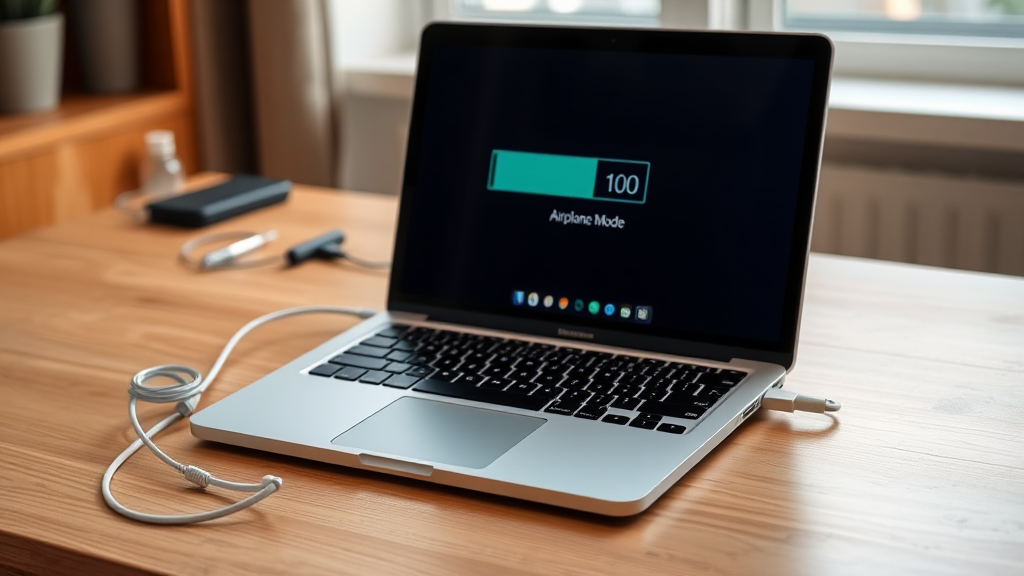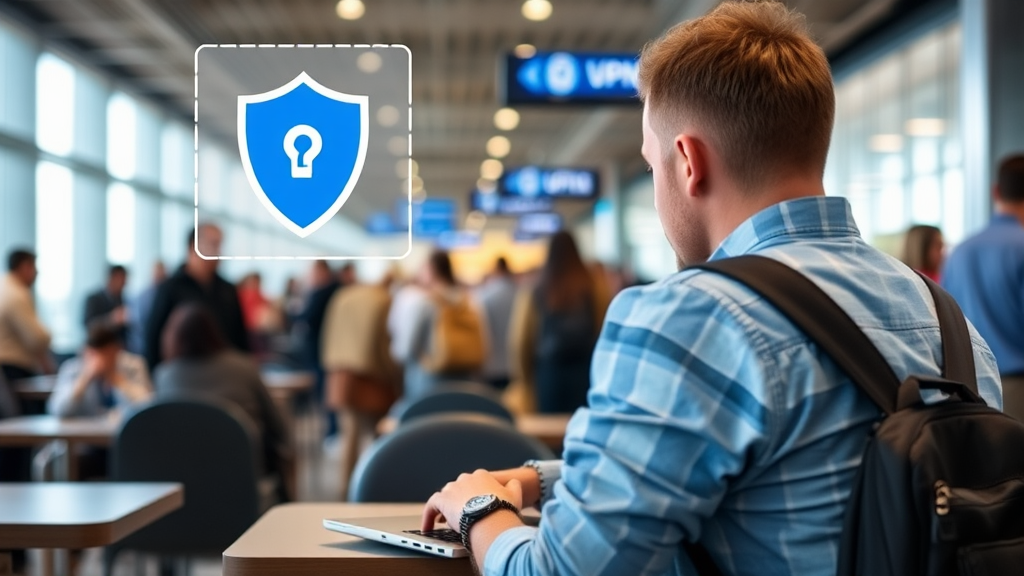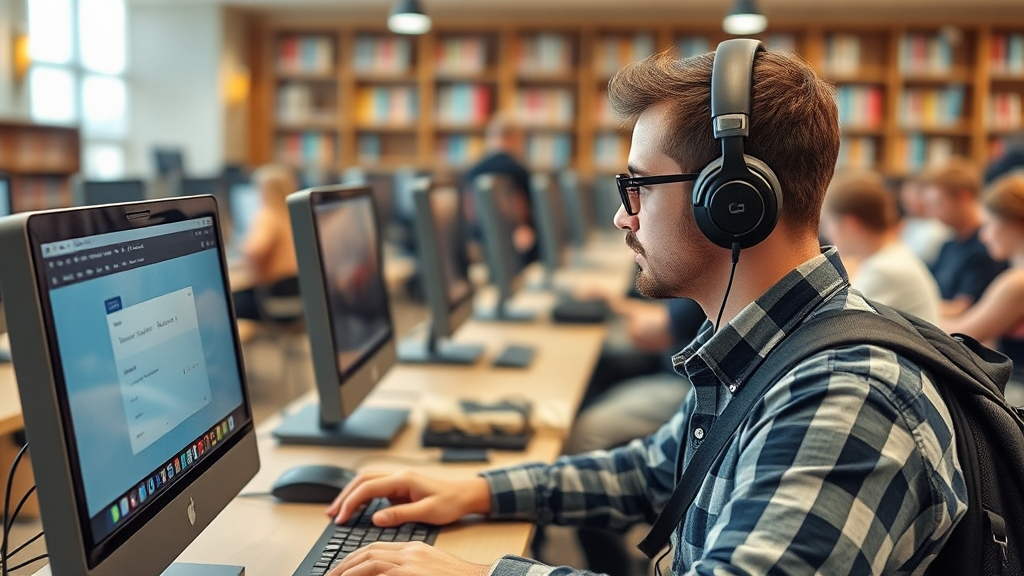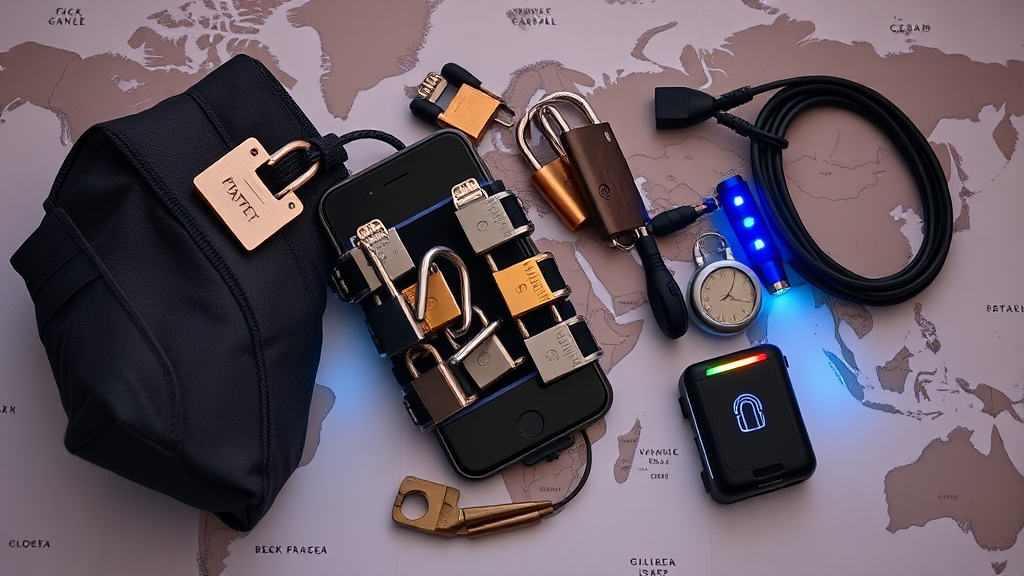Smartphone cameras have revolutionized travel photography. This guide will help you make the most of your device’s capabilities, ensuring you return home with stunning visual memories of your adventures.
We’ll cover essential techniques, apps, and gear to elevate your mobile photography skills. Whether you’re a casual snapshooter or an aspiring pro, these tips will help you capture travel moments like never before.
Understanding Your Smartphone Camera
Modern smartphones pack impressive photographic power. Familiarize yourself with your device’s features to unlock its full potential.
Key Camera Features
- HDR mode: Balances light and dark areas in high-contrast scenes
- Portrait mode: Creates a shallow depth of field effect
- Night mode: Enhances low-light photography
- Burst mode: Captures rapid sequences for action shots
Experiment with these modes before your trip to understand their strengths and limitations. Practice in various lighting conditions to prepare for diverse travel scenarios.
Manual Controls
Many smartphone cameras offer manual controls. Learn to adjust:
- ISO sensitivity
- Shutter speed
- White balance
- Focus
These settings give you greater control over your images, especially in challenging lighting situations often encountered while traveling.
Composition Techniques for Travel Photography
Good composition transforms ordinary scenes into compelling images. Apply these techniques to create visually appealing travel photos:
Rule of Thirds
Divide your frame into a 3×3 grid. Place key elements along these lines or at their intersections for balanced, interesting compositions.
Leading Lines
Use natural lines in your environment (roads, rivers, architectural features) to guide the viewer’s eye through the image.
Framing
Incorporate elements like arches, windows, or foliage to frame your main subject, adding depth and context to your photos.
Perspective
Experiment with different angles:
- Get low for dramatic landscapes
- Shoot from above for unique cityscapes
- Use reflections in water or glass for creative effects
Remember, rules are meant to be broken. Once you’ve mastered these techniques, don’t be afraid to experiment and develop your own style.
Essential Apps for Mobile Photography
Enhance your smartphone’s capabilities with these powerful photography apps:
Camera Apps
- ProCamera (iOS): Offers DSLR-like manual controls
- Open Camera (Android): Feature-rich, open-source camera app
These apps provide greater control over your smartphone’s camera, allowing for more precise adjustments than stock camera apps.
Editing Apps
- Snapseed: Powerful, user-friendly editing tool (iOS/Android)
- VSCO: Popular for its film-like filters (iOS/Android)
- Lightroom Mobile: Professional-grade editing on the go (iOS/Android)
Post-processing can elevate your travel photos. Learn to make subtle adjustments to enhance your images without over-editing.
Planning Apps
- PhotoPills: Helps plan shoots based on sun/moon positions
- The Photographer’s Ephemeris: Visualize light direction at any location/time
These apps assist in planning shoots, especially for landscape and architectural photography. They help you anticipate lighting conditions and find the best times to capture specific locations.
Essential Travel Photography Gear
Packing the right accessories can significantly enhance your smartphone photography experience. Consider these essentials:
Tripod
A compact, flexible tripod helps capture sharp images in low light and allows for creative long-exposure shots. Look for models specifically designed for smartphones.
External Lenses
Clip-on lenses expand your smartphone’s capabilities:
- Wide-angle lens for landscapes and architecture
- Macro lens for close-up details
- Telephoto lens for distant subjects
Choose high-quality lenses to avoid image distortion.
Power Bank
Intensive camera use drains battery quickly. A reliable power bank ensures you never miss a shot due to a dead phone.
Mastering Lighting Techniques
Lighting can make or break a photo. Learn to work with natural light for stunning results:
Golden Hour
Shoot during the first and last hour of daylight for warm, soft lighting that flatters landscapes and portraits.
Blue Hour
Capture cityscapes and architecture just before sunrise or after sunset when the sky takes on a deep blue hue.
Harsh Midday Sun
Use shadows creatively or seek shade to avoid unflattering highlights and deep shadows.
Overcast Days
Take advantage of the soft, diffused light for even illumination, ideal for portraits and detailed shots.
Capturing Local Culture and People
Travel photography often involves documenting local life and customs:
Street Photography
Capture candid moments that reveal the essence of a place. Be respectful and ask for permission when photographing individuals.
Markets and Festivals
These events offer vibrant colors, interesting characters, and unique cultural insights. Use burst mode to capture fleeting moments.
Environmental Portraits
Photograph people in their natural surroundings to tell a story about their life and culture.
Post-Processing for Impact
Editing can elevate your travel photos from good to great:
Basic Adjustments
Start with:
- Exposure correction
- Contrast enhancement
- Color balance
These simple tweaks can dramatically improve your images.
Advanced Techniques
Experiment with:
- Selective adjustments to highlight specific areas
- Noise reduction for low-light photos
- HDR blending for high-contrast scenes
Remember, subtle edits often yield the most natural-looking results.
Conclusion
Smartphone photography offers a convenient and powerful way to document your travels. By mastering your device’s features, applying composition techniques, and utilizing the right apps and gear, you can create stunning visual memories of your adventures.
Remember to practice before your trip, experiment with different styles, and most importantly, enjoy the process of capturing the world around you. With these tips and techniques, you’re well-equipped to return home with a collection of impressive travel photos that tell the story of your journey.


